We promote an agricultural system that enhances soil fertility,
reduces production costs and increases yields and profits.
One of the biggest challenges in contemporary agriculture is a rapidly growing world population with fast declining space for agricultural production as well as rapid soil degradation and erosion through changing weather patterns and plough-based production. Projections of the UN’s Food and Agricultural Organisation show that feeding a world population of 9.1 billion people in 2050 would require raising overall food production by some 70 percent. Production in developing countries would need to almost double. Ninety per cent of the growth in crop production globally is expected to come from higher yields.

Soil erosion, Cambodia. “The nation that destroys its soil destroys istelf.” — Franklin D. Roosevelt
In many parts of the world soil degradation due to tillage-based intensive mono-cropping is progressing at a rapid pace with sometimes extreme environmental consequences. A third of the planet’s land is severely degraded and fertile soil is being lost at the rate of 24bn tonnes a year.
This environmental degradation is both a result and a driver of social change that could be controlled by better agricultural practices such as soil and water management, crop rotation and diversification. Such a system is also more resilient against climate change and fluctuation of commodity prices on the market.
Cherish your soil capital
Win-Win
Implementing the tools of regenerative farming will benefit everyone, farmers, agribusinesses, customers, governments and of course the environment and the planet as a whole. With combined practices of no-till farming, soil and water management, integration of cover and relay crops, and chemical free inputs production costs can be reduced by a substantial amount. At the same time yields and profits will increase.
Crop producers will save money for
- tractors as smaller tractors are sufficient for no-till
- plough-based machinery
- petrol
- seeds/seedlings
- labour for bedding out
- labour for thinning out
- labour for weeding
- labour for spraying
- chemical inputs such as herbicides, pesticides, insecticides, fungicides
The economic benefit at the center of this approach is the driver for scaling up. In combination with the side effect of offsetting GHG emissions this systems design principle generates a true win-win for all stakeholders involved.
SmartAgro’s agronomists have been engineering and implementing cropping systems in many countries around the world in a huge variety of climates and soil conditions. We also have a refined toolkit available to detox and regenerate soils and green non-productive soils, even in the desert.
Our strategy is to restore and build a living soil. For this, a large diversity of plants are used over time and space optimizing nutrient availability, maximizing water retention and minimizing nutrient leaching, enhancing soil functional biodiversity, and enhancing beneficial biological interactions and synergies.
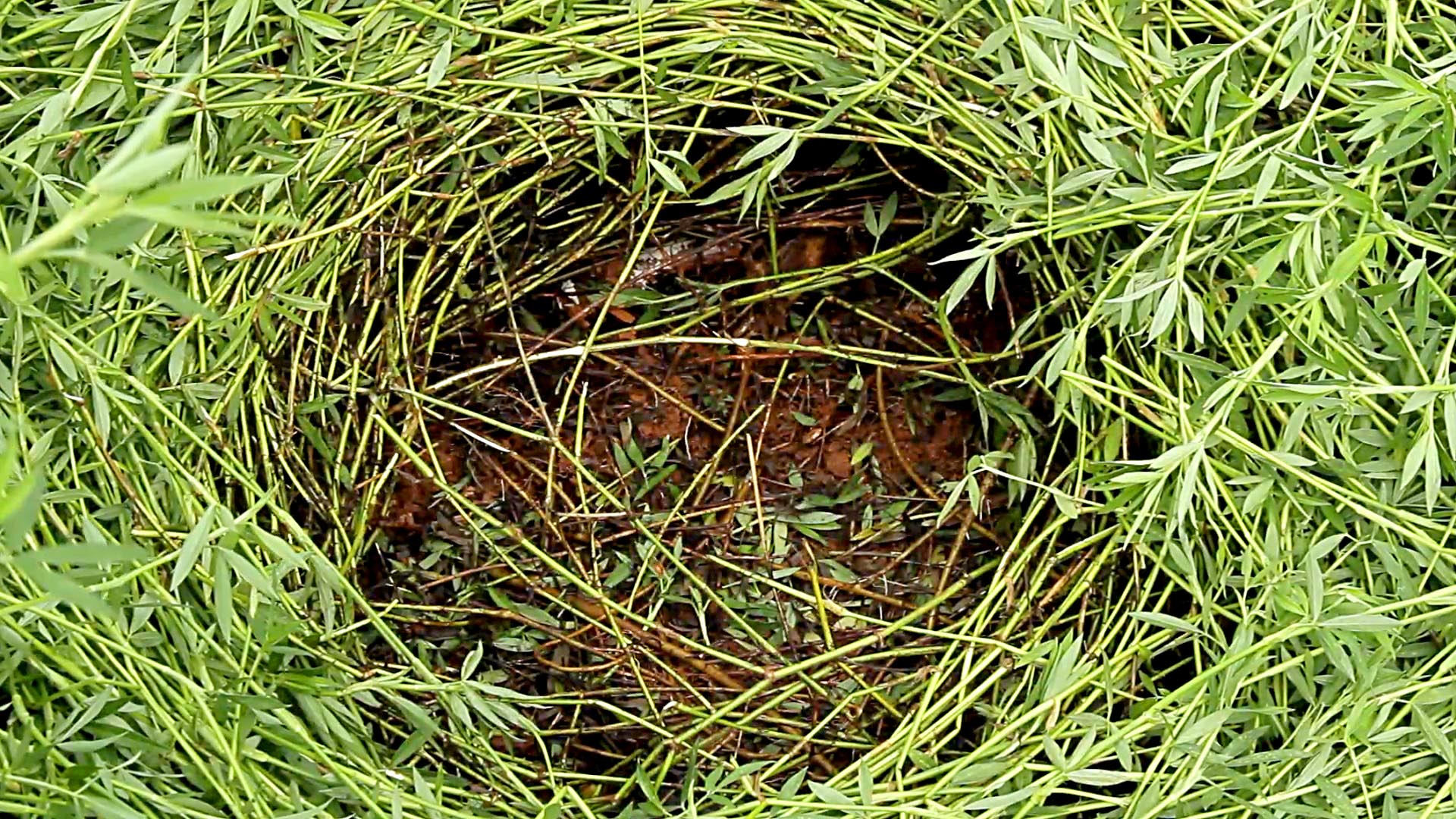
The introduction of cover-relay crops leads to better utilization of available natural resources, maximization of biomass production and higher organic input into the soil. Moreover, by harvesting the cover-relay crops additional resources (fodder, grains, fibers) and incomes are generated. Keeping the soil covered at all times protects it against erosion and sequesters CO2 from the atmosphere storing carbon in the soil.
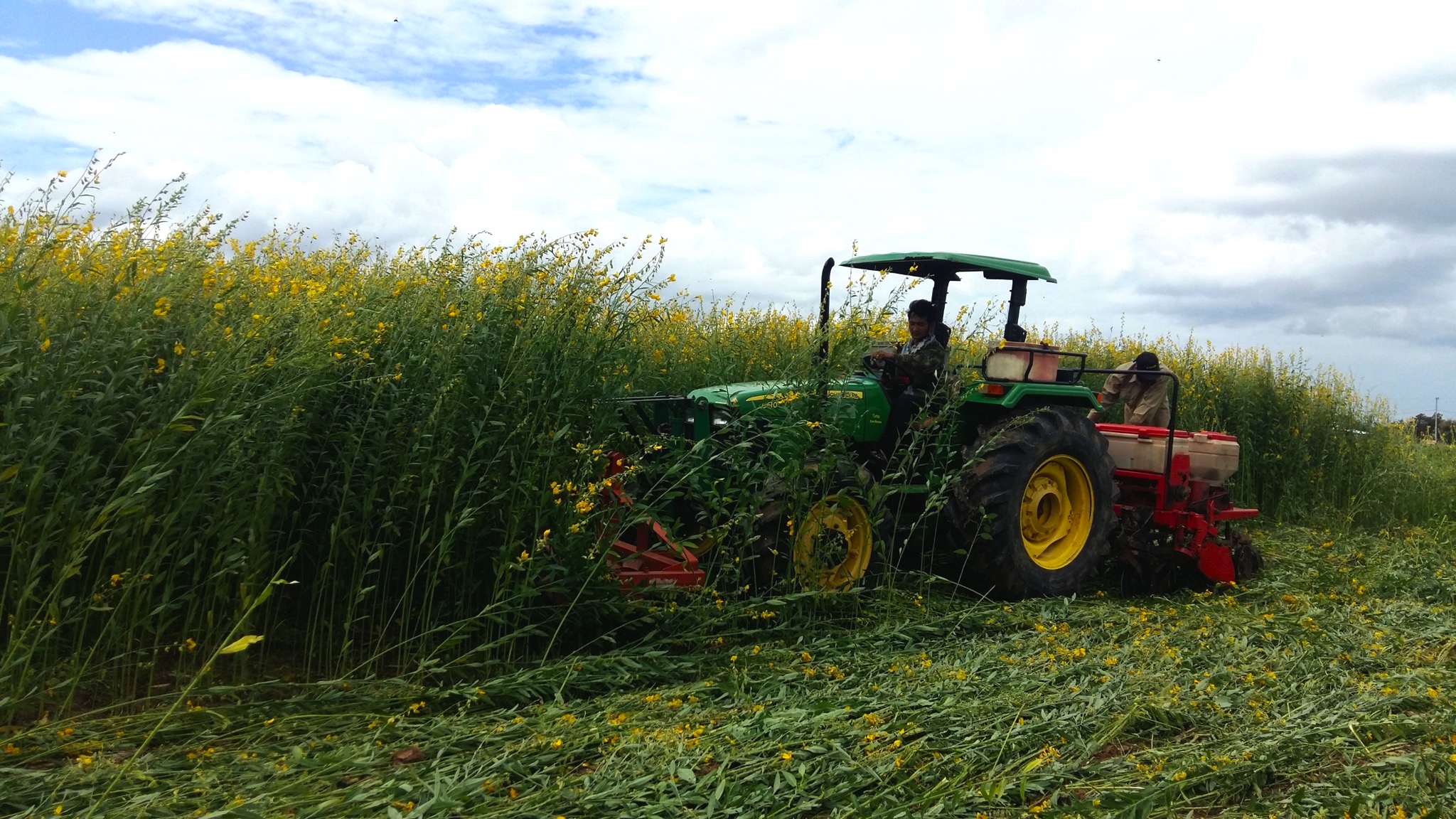
Simultaneous rolling of cover crop and direct planting of maize on the cover. SmartAgro’s cover crop mixes produce a biomass up to 20t/ha (dried) that is fed back into the soil very quickly. Covered, the soil is always protected against erosion and retains more water and bioactivity for nutrient uptake of crops.
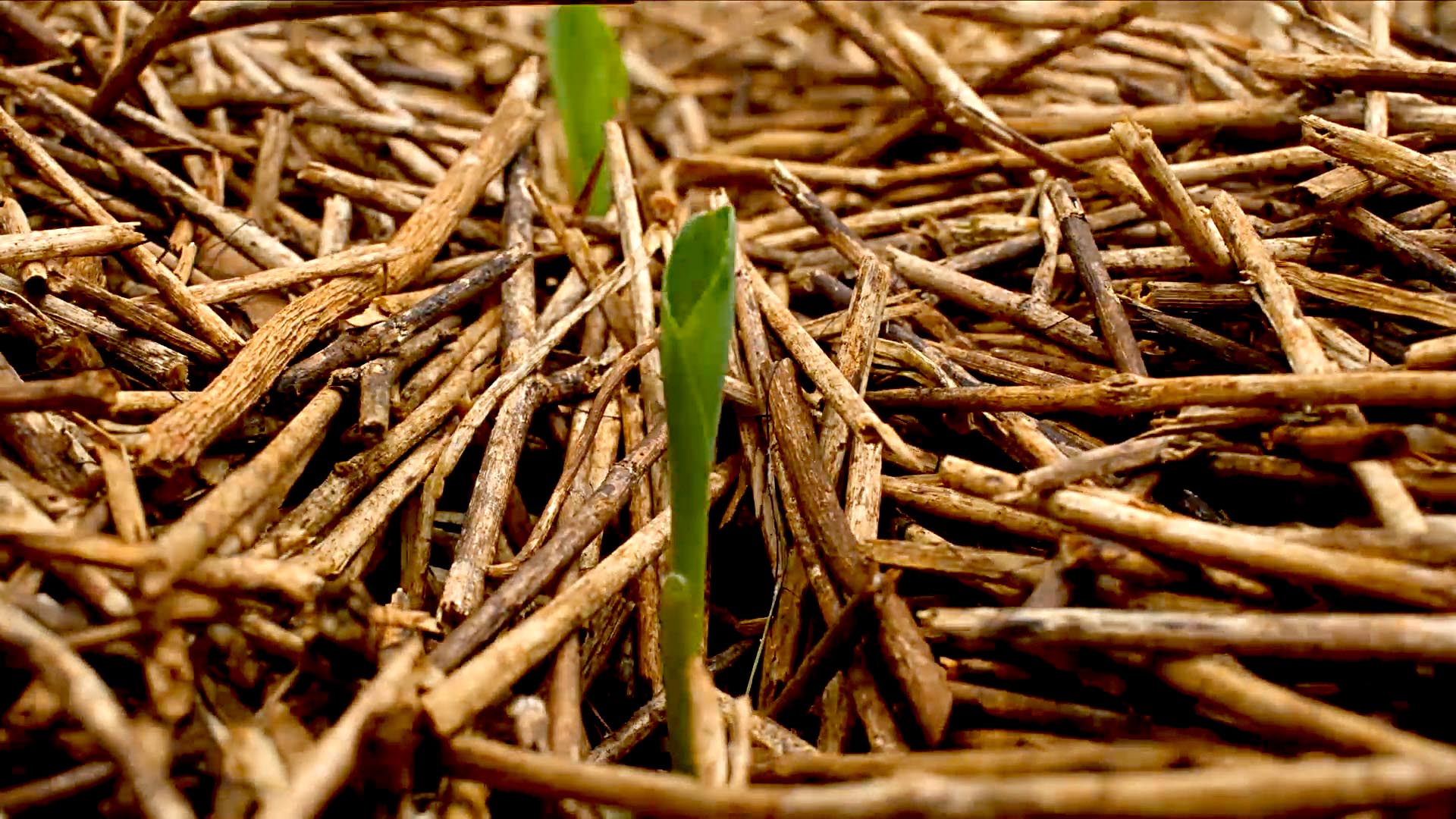
Direct planting on the soil cover suppresses weeds. Germination rates do not suffer.
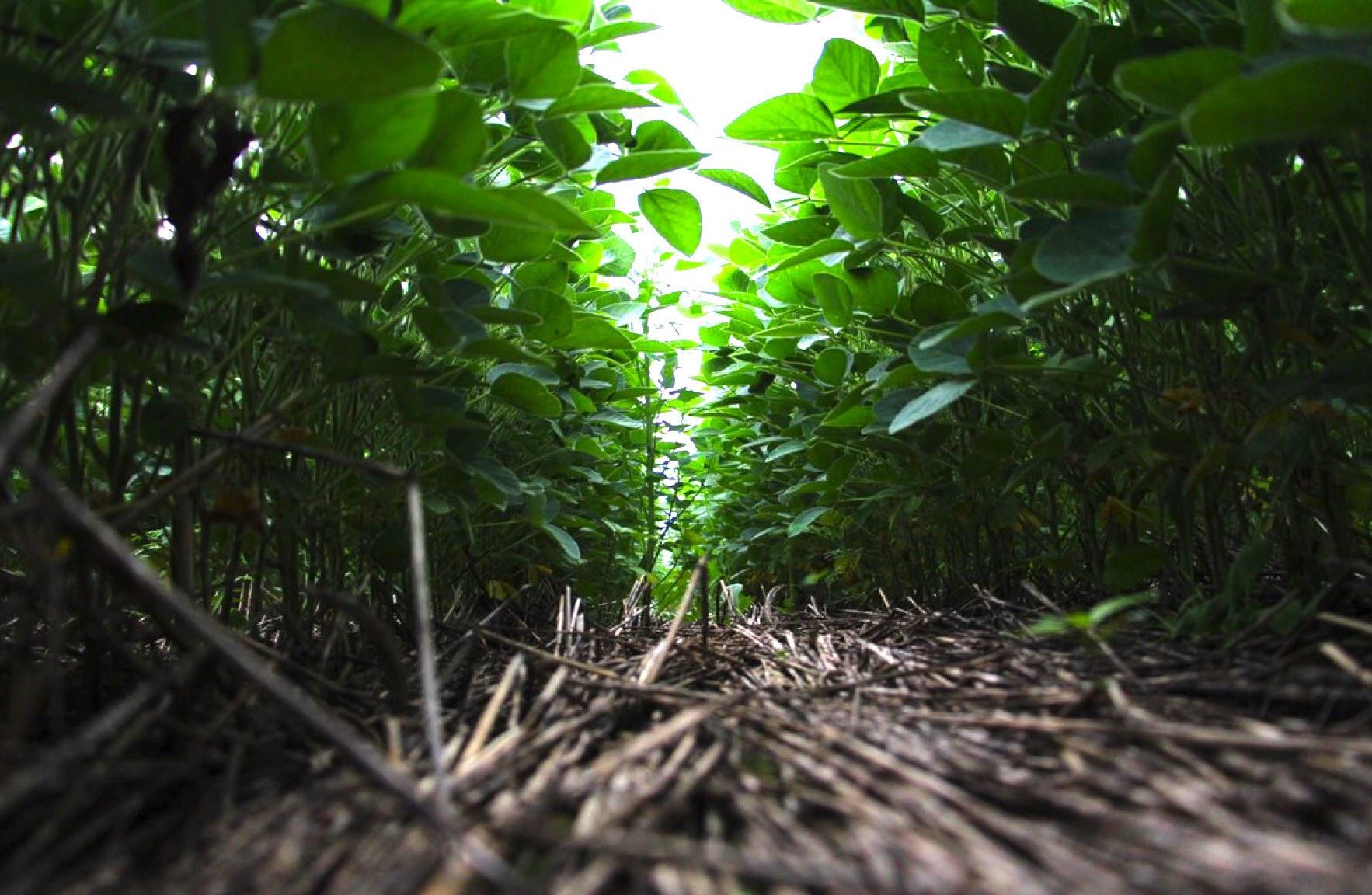
Soybeans planted on cover residue. No weeds. Increased soil fertility saves inputs and produces higher yields.

This maize was directly planted on green cover while the cover crop was rolled. Yield was 10t/ha, which is top end for this region/ type of soil in Cambodia given the low level of inputs.
Knowledge transfer
SmartAgro engages in consultancies and capacity building of farmers, extension services, service providers and agribuinesses. We are dedicated to raising awareness of the value of the soil capital, the environmental and economic efficiency of regenerative agriculture. SmartAgro seeks to build the connection of public and private sector in order to drive the change from farming with high environmental degradation to a regenerative system.
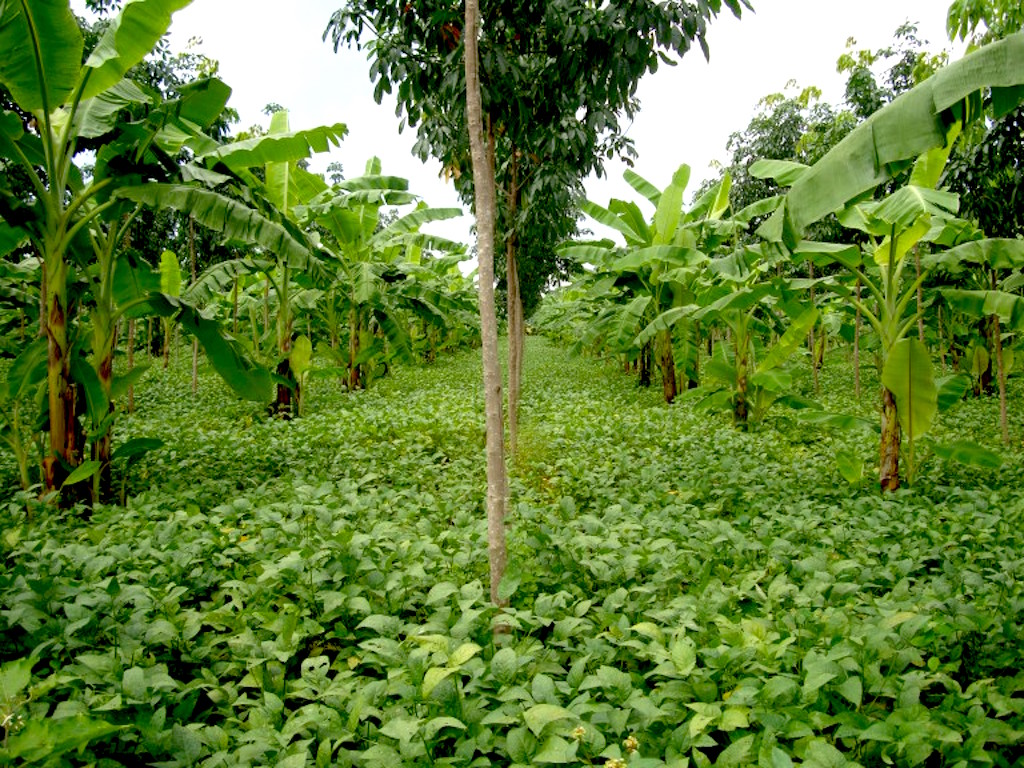 Intercropping increases both soil fertility and revenue and decreases risk of crop failure. Above, rubber, banana and soybean. The system is highly intensified, diversified and resilient to both climate and market changes.
Intercropping increases both soil fertility and revenue and decreases risk of crop failure. Above, rubber, banana and soybean. The system is highly intensified, diversified and resilient to both climate and market changes.
Machinery and CA
By teaming up with machinery distributors and service providers SmartAgro provides both access to no-till machinery and trainings that demonstrate the efficiency of such equipment and regenrative cropping systems.

No-till machinery is key.
One-stop shop
This way SmartAgro and partners are able to drive the transition of conventional plough-based agriculture to a regenerative agriculture by providing all necessary components of technology, knowledge and practices in order to overcome current challenges of a struggling sector.
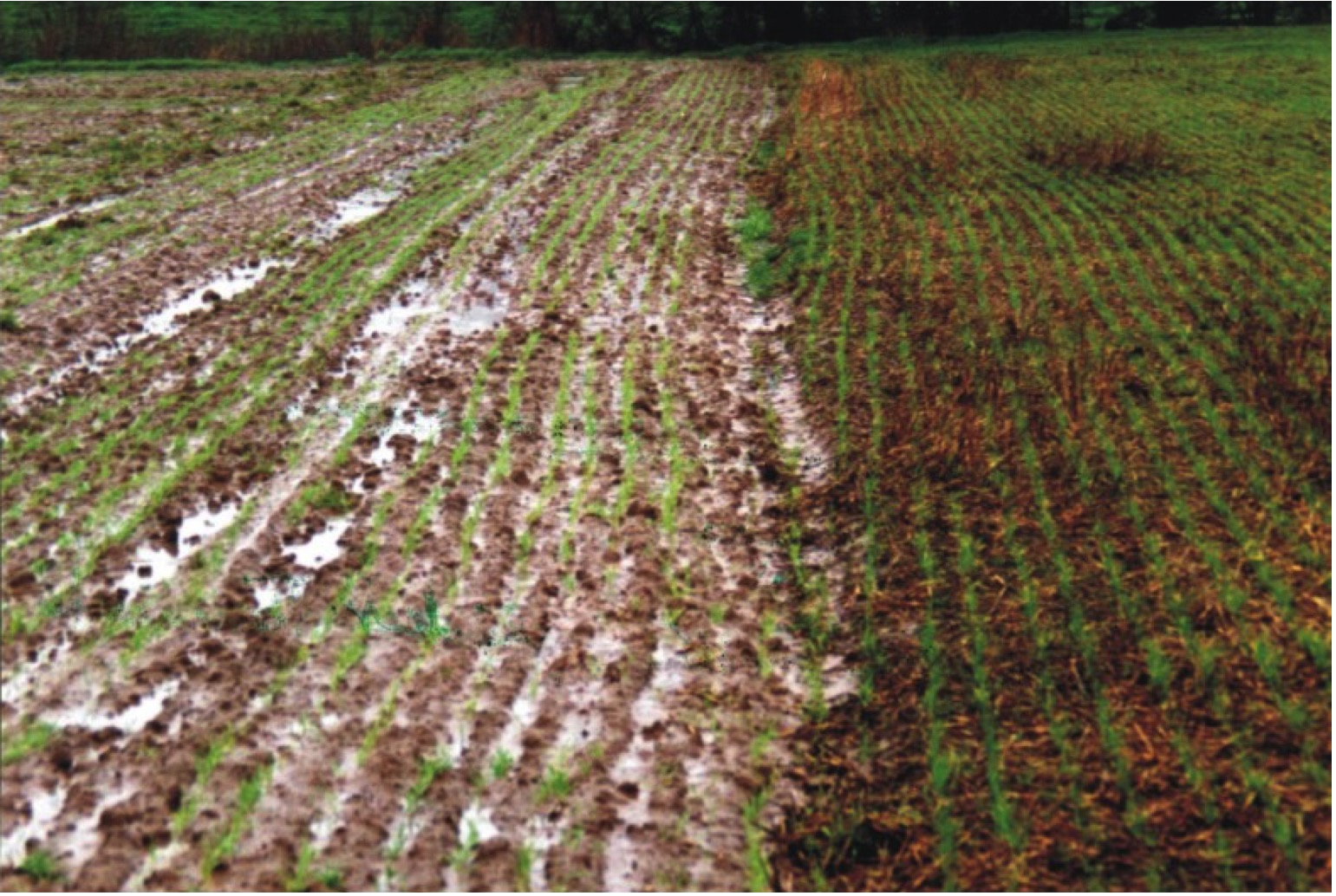
Left: Conventional tillage, water cannot drain, machinery cannot be brought in, soil erosion.
Right: No-till, good drainage, soil protected from erosion, good weed control, good working conditions for machinery.
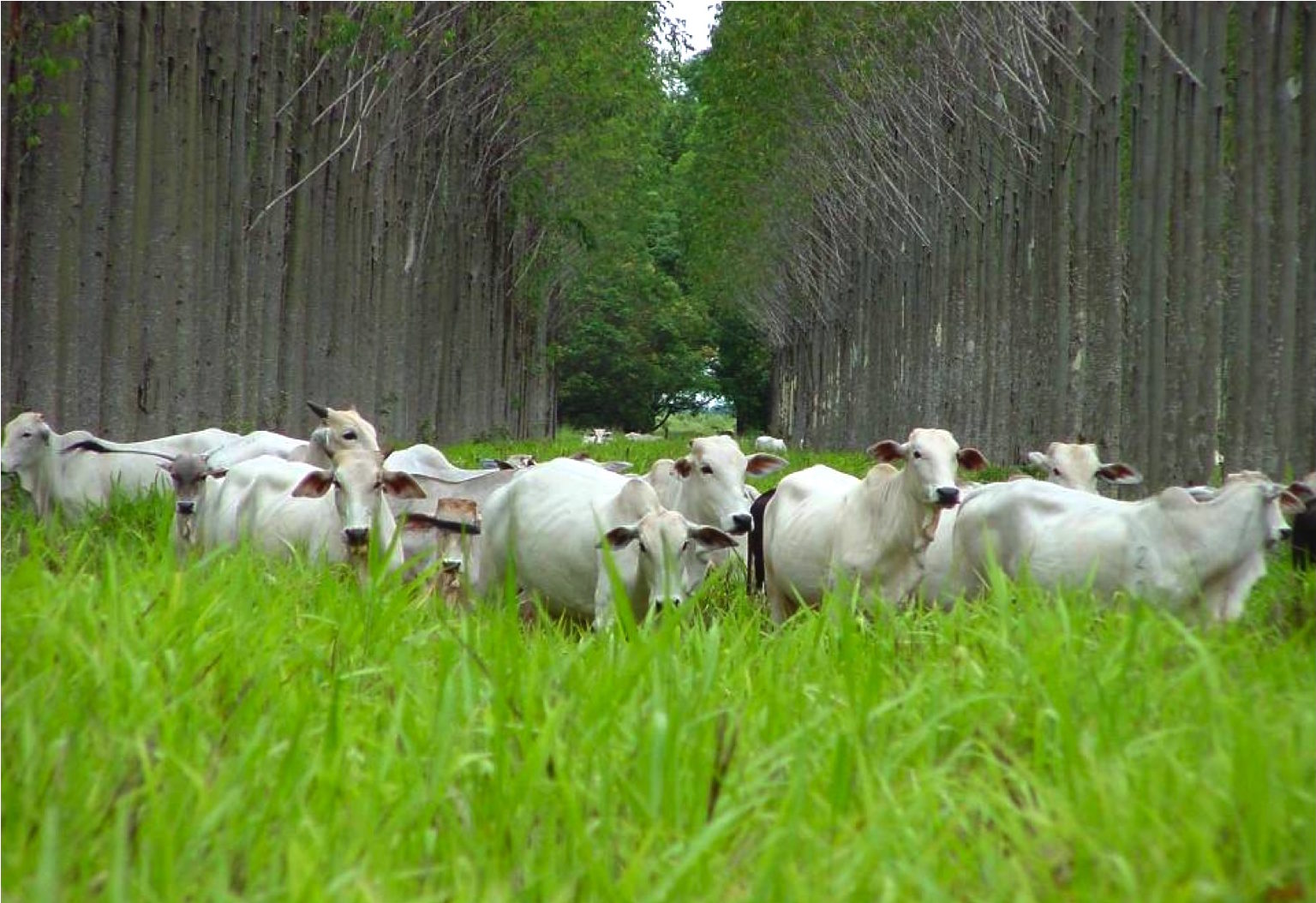
Silvopasture, rotational grazing of cattle in timber plantation regenerates the soils and allows to stack several different revenue streams on top of each other. This holistic management has the biggest drawdown effect of offsetting CO2 emissions from the atmosphere.
